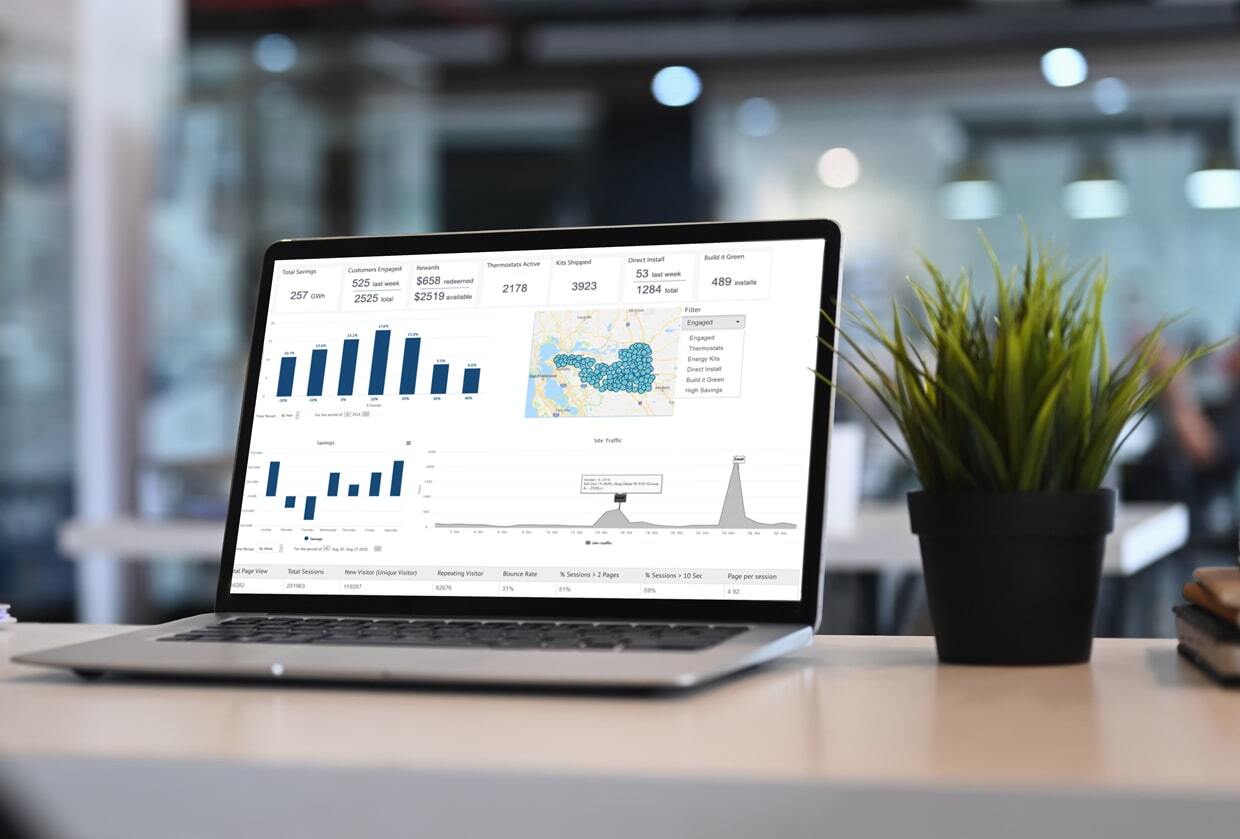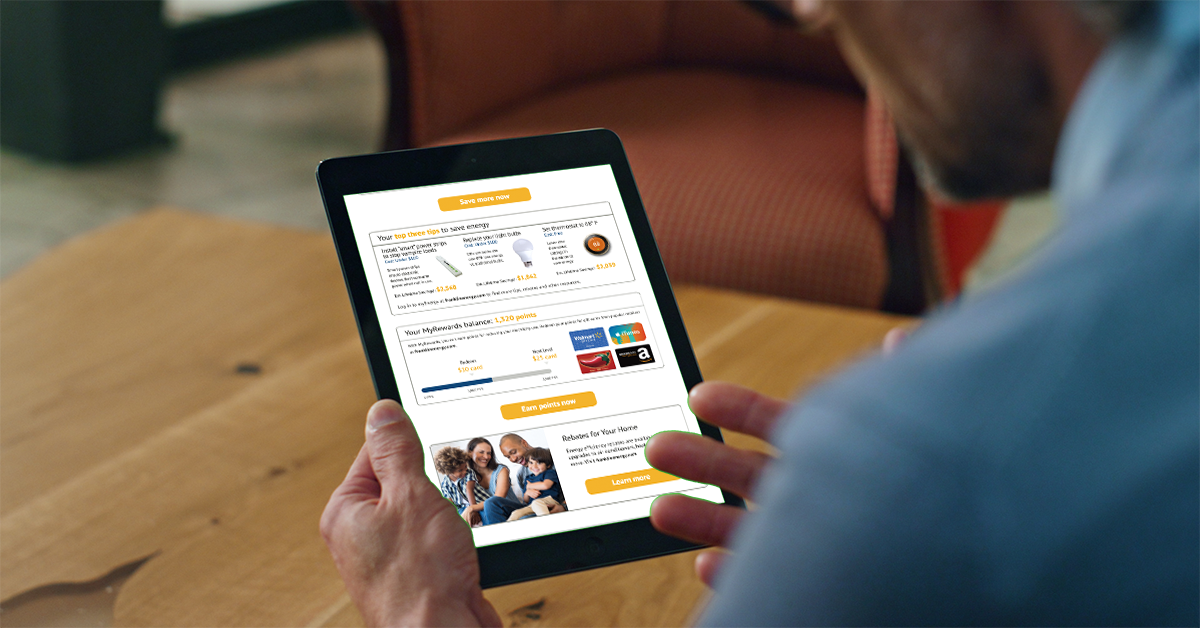Electrifying the Future: How Landmark Legislation and Strategic Collaboration are Shaping the Energy Landscape
July 15, 2024 •Mark Gentry

Recent years have seen the enactment of landmark legislation aimed at addressing the pressing issue of climate change. The federal Inflation Reduction Act (IRA), which has allocated $8.8 billion in home energy rebates, is just one example of the transformative policies designed to steer the nation toward a more sustainable energy future. These new initiatives underscore the essential role that utilities and state energy offices will play in creating a sustainable, electrified energy landscape.
Transitioning to Comprehensive Electrification Programs
Although many utilities have long championed energy efficiency, the IRA-funded programs that will start rolling out this autumn in states across the country take these concepts a step further, using electrification and whole-home energy initiatives to help significantly reduce greenhouse gases and abate global warming. While the majority of that IRA funding goes to state energy offices (SEOs), utilities are simultaneously transitioning their residential demand-side management (DSM) programs away from lighting-focused direct install programs toward a more comprehensive electrification, load management, and home energy-efficiency portfolio, with a special emphasis on low-income customers. This evolution aligns with changing consumer needs and broad energy conservation goals.
Leveraging IRA Provisions for Utility and SEO Collaboration
While utilities won’t necessarily be the administrator for IRA rebate programs, that doesn’t mean they can’t benefit from the vast sums of money the federal government is doling out to encourage both local and national residential electrification.
A Sierra Club analysis of the IRA found that the legislation will do more than just jump-start the government’s climate goals. IRA provisions for utilities include:
- Direct-pay tax credits for clean energy projects
- Grants for projects that reduce greenhouse gases
- Low-cost loans for utilities that are repurposing or replacing fossil energy infrastructure
- Low-interest or potentially forgivable loans for renewable energy procurement
Enhancing Program Synergy and Accessibility
In addition, utilities and SEOs can work together to integrate their programs. For instance, utilities could tailor their electrification programs to target services that are not addressed by the IRA-funded programs, but are complimentary, like pre-weatherization improvements to low-income homes, panel upgrades to accommodate a larger electrical load, and resiliency improvements such as solar-plus-storage solutions. And SEOs that find their program budgets inadequate can partner with utilities, who may provide assistance in tapping into additional incentive or rebate programs that bolster the overall rebate levels for customers and collaborate on utility data access to remove a significant cost from SEO program implementation.
In addition to layering IRA-funded rebates with utility rebates, other federal program funding such as WAP and Solar for All, as well as federal and state tax credits, can address a major pain point for utilities and their residential customers—the overall cost and complexity of making big electrification equipment upgrades versus simple DIY-type fixes that no longer result in significant savings without lighting.
Building a Sustainable Future Through Collaboration
By designing their programs for close alignment with SEO programs, utilities can establish next-generation residential programs that include major electrification upgrades like whole-home weatherization, swapping out an HVAC unit for a heat pump, and replacing gas appliances and water heaters with electric. Homeowners can take advantage of both IRA and utility-funded rebates, then claim energy tax credits, which gives them a sizeable discount on their project with minimal out-of-pocket expenses. Low-income customers have even more options available given the vast number of complimentary programs in many states.
The Path Forward
The bottom line is that the IRA is an opportunity for both utilities and SEOs to take electrification initiatives to a higher level. And the resulting market transformation can last long after the IRA rebate periods end.
For instance, IRA funding can spawn creative ways to reach traditionally underserved or disadvantaged residential utility customers, including people with low incomes, multifamily-unit dwellers, homes that rely on propane or oil heat, manufactured housing owners, rural households, and tribal communities.
While the funding may vary for SEO and utility electrification programs, the implementation is similar. Both SEOs and utilities need clear standards and policies for attributing energy savings and rebates for their programs. And while each entity can create its own electrification programs, to be most effective, federal and utility funding streams should complement each other. As SEOs consider how best to use the billions of dollars in IRA money, they can also make program participation easier for homeowners by collaborating with local utilities and building upon the energy-efficiency and electrification programs many utilities already offer.
An initiative as ambitious as whole-home electrification won’t be easy to design or implement. Franklin Energy can provide expert guidance to help both SEOs and utilities following the best practices in residential energy program evolution—and reap the cost and climate savings benefits for generations to come.

.png)
.png)


.png)
